Infographic: Emergency Water Funds for California Communities (May 2014-July 2015)
State emergency funds help public water systems and private well owners.
By Kaye LaFond
Circle of Blue
When its fiscal year ends on June 30, the state of California will have spent $US 19 million on emergency drinking water assistance over 14 months. Even more money is coming in the next fiscal year, as the state’s four-year drought emergency worsens with the coming summer months.
In total, 72 public water systems that were at risk of running short of water received $US 15 million from an emergency spending bill that Governor Jerry Brown (D) signed in March 2014, with the dispersal of funds beginning in May. The locations of these systems can be seen in the map below, with larger circles corresponding to larger funds. Blue circles indicate that an agreement was executed; green indicates an issued agreement; yellow is approved; and orange is a project that is pending approval.
The money paid for new public wells, for pipelines to connect failing systems with larger regional water systems, or to connect residents who had dry private wells to public water systems. In the bar chart below, the funds were lumped together by the hydrologic region in which the individual systems are located, with the San Joaquin region receiving the most funding and the South Coast receiving the least. Most of the public water systems that received grants serve fewer than 500 people. This year, small communities will be eligible for $US 134 in state drinking water grants, an undetermined portion of which will be designated for emergency projects in response to the drought.
Click the infographic below to learn more.
While funds for public systems began being distributed in May 2014, private well owners had to wait longer for help. Last September, after an unprecedented number of dry wells indicated a swelling crisis — especially in the Central Valley — Brown extended state assistance. The California Office of Emergency Services used $US 4 million in Disaster Assistance Act money to reimburse county governments and nonprofits for the cost of providing water tanks, bottled water, and portable showers to residents without running water. As can be seen at the bottom of the graphic above, $US 20 million will be available for private wells owners in the 2016 fiscal year, which begins July 1.
Brett Walton contributed to this infographic, which was made to accompany Walton’s article California’s Rainless Summer Will Dry Up Drinking Water Supplies. Contact Brett Walton or send a tweet to @waltonwater.
is both a scientist and a journalist, she holds an MS in Environmental Engineering from Michigan Technological University, and she brings proficiency in ESRI’s ArcGIS mapping software.

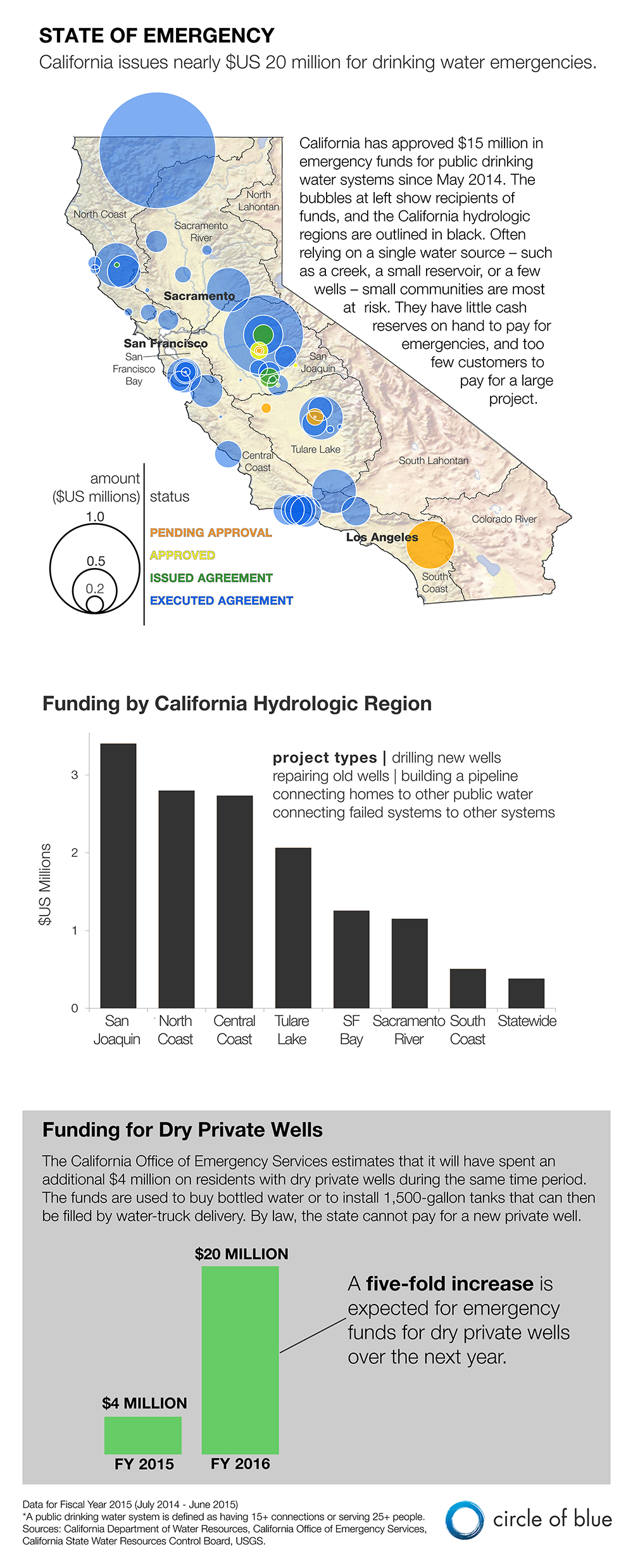
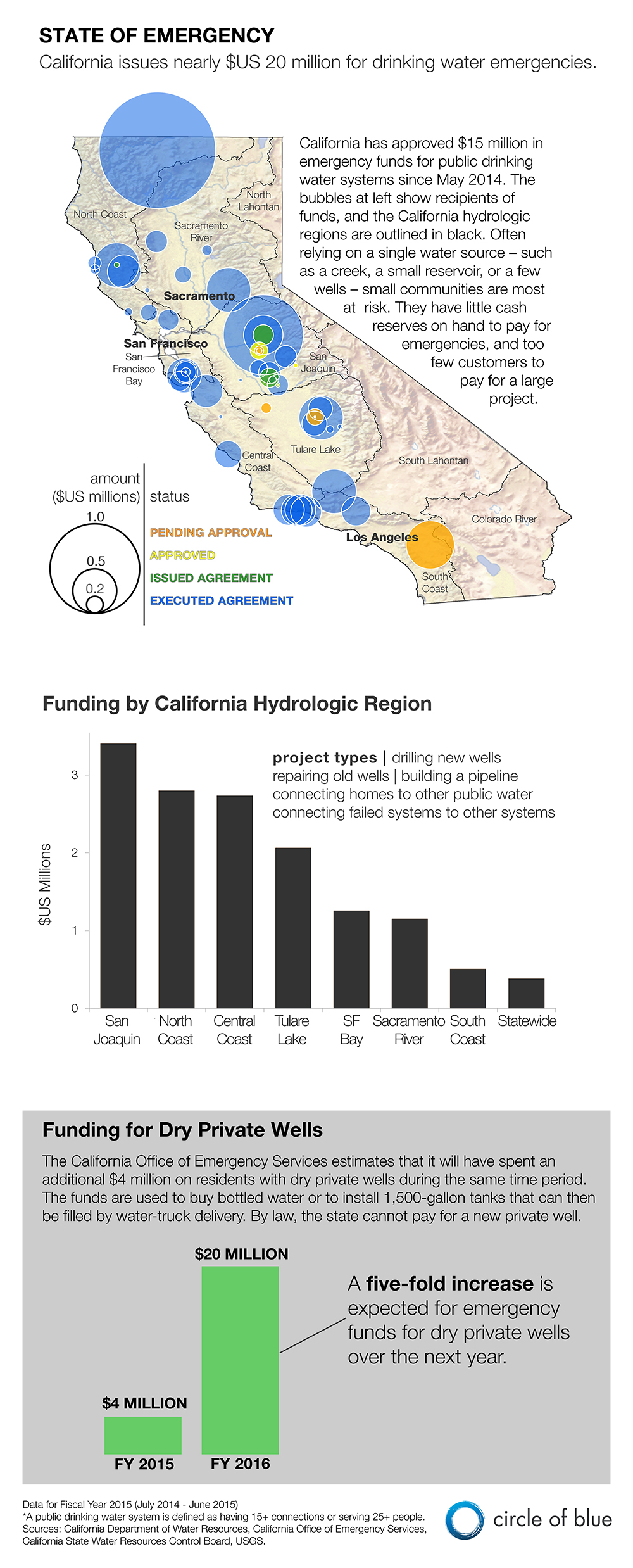
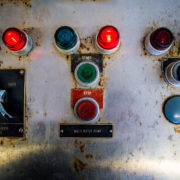
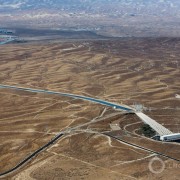
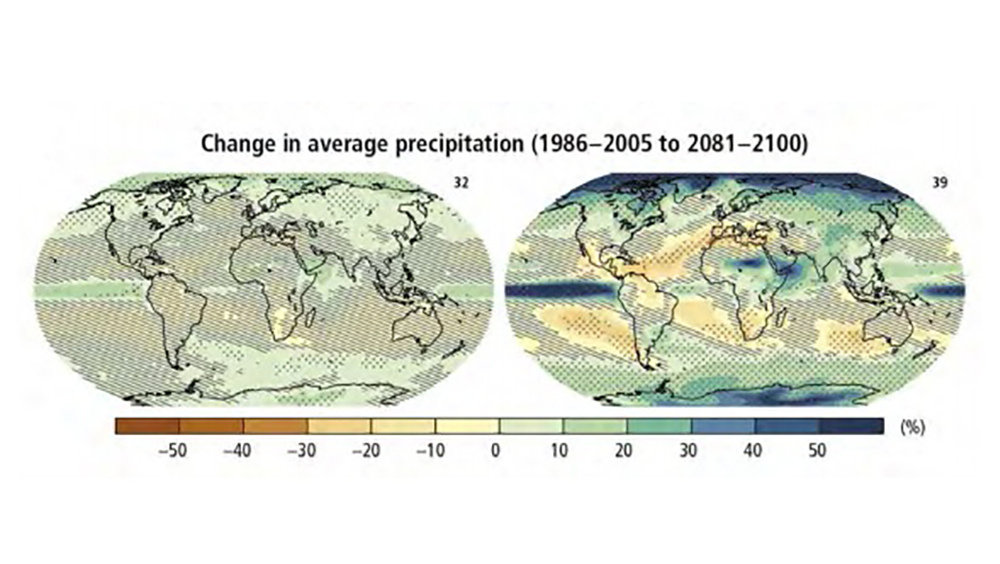
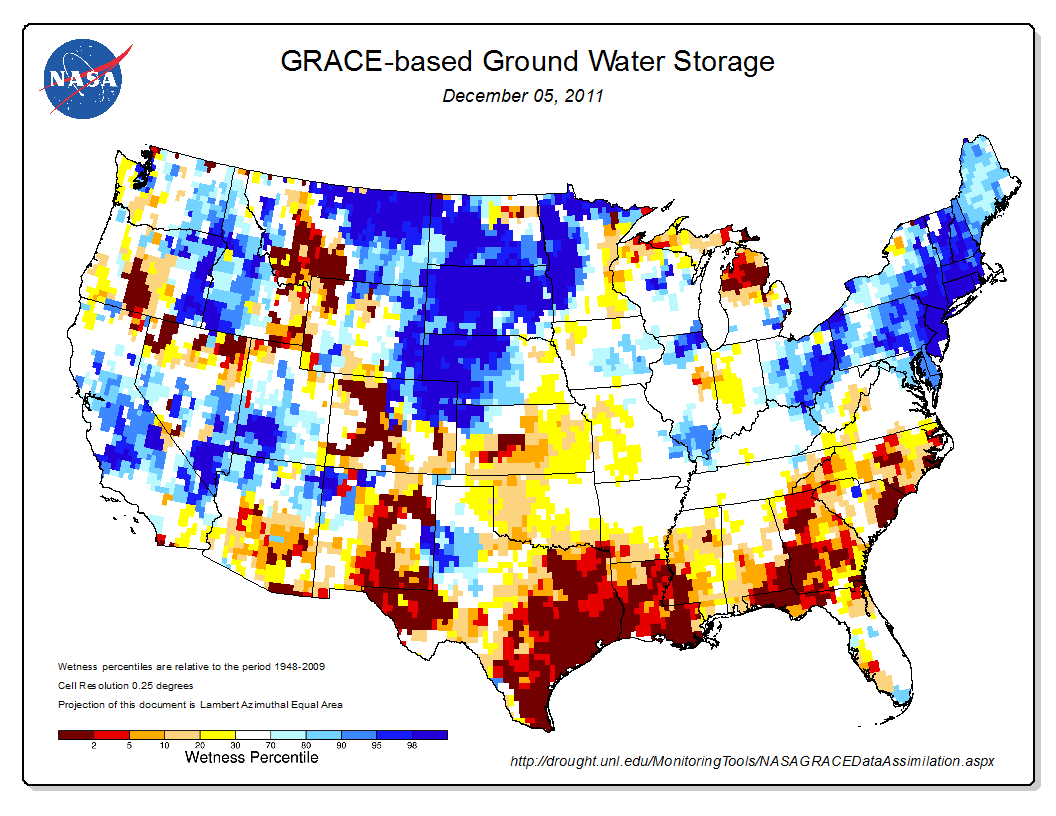
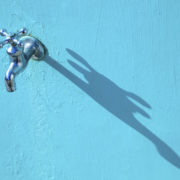




Leave a Reply
Want to join the discussion?Feel free to contribute!